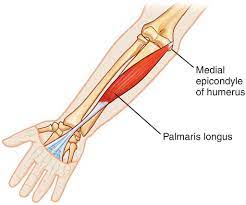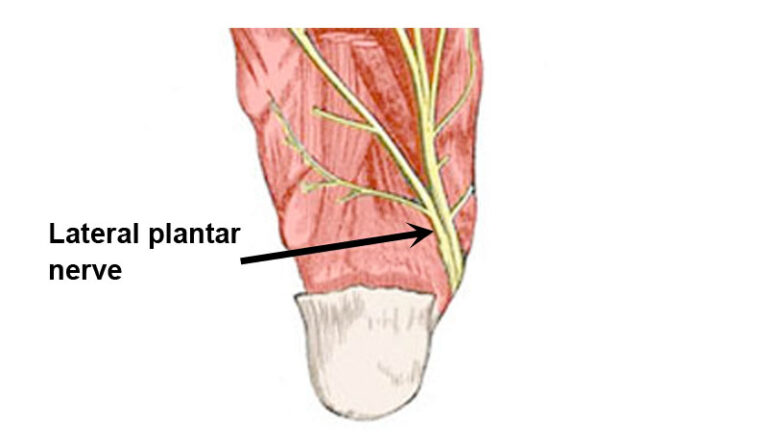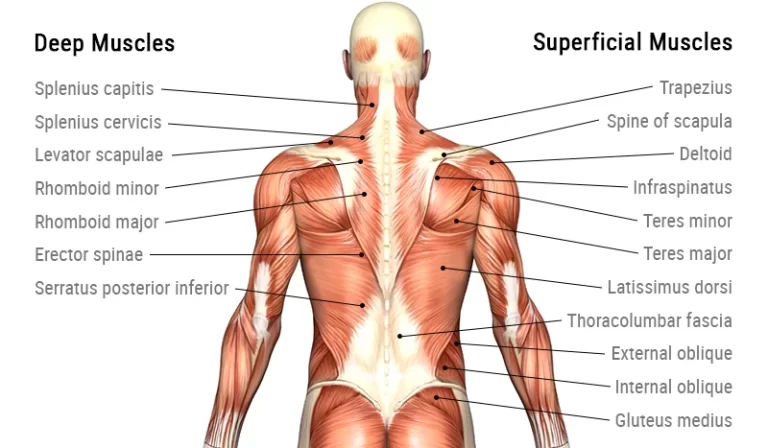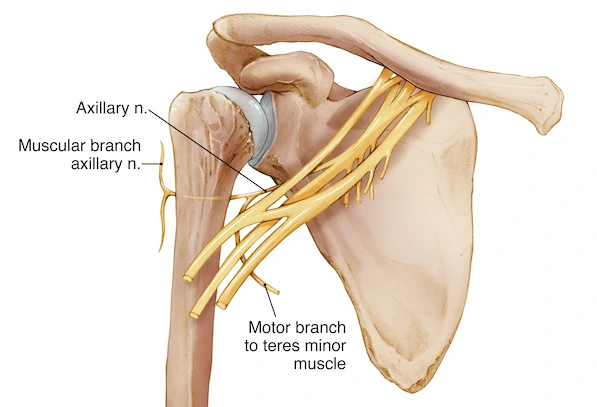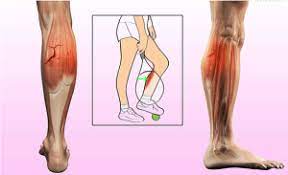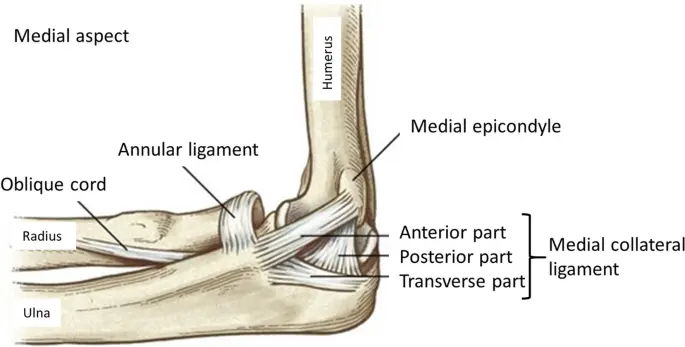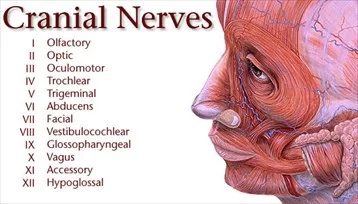Palmaris longus muscle
Table of Contents
Description
The palmaris longus muscle is a long, thin muscle that is located in the forearm, running from the elbow to the wrist. It is a relatively small muscle that is absent in about 14% of the population.
The muscle arises from the medial epicondyle of the humerus (the bony prominence on the inner side of the elbow joint) and the fascia of the forearm, and inserts into the palmar aponeurosis, a broad band of connective tissue that covers the palm.
The main function of the palmaris longus muscle is to flex the wrist joint, which is necessary for movements such as gripping and grasping. It also tenses the palmar aponeurosis, which helps to anchor the skin and fascia of the palm during hand movements.
Because the muscle is relatively small and its function can be compensated for by other muscles in the forearm, its absence is usually not noticeable and does not affect hand function. However, in some cases, the palmaris longus muscle may be used as a source of tendon grafts for reconstructive surgery or tendon transfer
Structure of palmaris longus muscle
- The palmaris longus muscle is a slender, fusiform muscle located in the anterior compartment of the forearm.
- It has a long tendon that runs through the wrist and inserts into the palmar aponeurosis, a broad sheet of connective tissue that covers the palm.
- The palmaris longus muscle is innervated by the median nerve, which also supplies other muscles in the anterior compartment of the forearm.
- Blood is supplied to the muscle by branches of the ulnar and radial arteries.
- While the muscle is relatively small, it is often used as a source of tendon grafts for reconstructive surgery or tendon transfers due to its long and relatively strong tendon.
Origin and insertion of palmaris longus muscle
The palmaris longus muscle originates from two points:
Medial epicondyle of the humerus:
- It arises from a small rounded projection on the medial side of the distal end of the humerus, which is located just above the elbow joint.
Fascia of the forearm:
- It also arises from the fascia of the forearm, which is a sheet of connective tissue that surrounds the muscles and tendons of the forearm.
- The muscle then runs down the forearm and inserts into the palmar aponeurosis, a broad sheet of connective tissue that covers the palm.
- The tendon of the palmaris longus muscle is relatively long and narrow, and it passes through the carpal tunnel at the wrist before inserting into the palmar aponeurosis.
It’s worth noting that the palmaris longus muscle is absent in approximately 14% of the population, and in some cases, it may be only partially present or have an abnormal insertion.
Blood supply
The blood supply to the palmaris longus muscle comes from branches of the ulnar and radial arteries, which are two of the major arteries in the forearm. Specifically, the muscle is supplied by the following arteries:
Ulnar artery:
- The ulnar artery is a branch of the brachial artery, which is the main artery in the upper arm.
- The ulnar artery runs down the medial side of the forearm and gives off several branches, including the anterior ulnar recurrent artery and the common interosseous artery.
- These arteries supply blood to the medial aspect of the palmaris longus muscle.
Radial artery:
- The radial artery is another major branch of the brachial artery.
- It runs down the lateral side of the forearm and gives off several branches, including the radial recurrent artery and the posterior interosseous artery.
- These arteries supply blood to the lateral aspect of the palmaris longus muscle.
- The arterial supply to the palmaris longus muscle is important for its nutrition and oxygenation, which is necessary for proper muscle function and healing after injury or surgery.
Nerve Supply:
This muscle receives its innervation via branches of the median nerve that have nerve roots C5-T1.
Functions of palmais longus muscle
The palmaris longus muscle has two main functions:
Wrist flexion:
- The palmaris longus muscle is one of the muscles that help to flex the wrist joint.
- This action is necessary for movements such as gripping and grasping objects.
Tensioning of the palmar aponeurosis:
- The palmaris longus muscle also helps to tension the palmar aponeurosis, which is a broad sheet of connective tissue that covers the palm.
- This tensioning action is important for maintaining the integrity of the palmar aponeurosis during hand movements.
- While the palmaris longus muscle’s function is relatively minor compared to other muscles in the forearm, its absence is not usually noticeable, as other muscles can compensate for its function.
- In some cases, the palmaris longus muscle may be used as a source of tendon grafts for reconstructive surgery or tendon transfers.
Exercise of palmaris longus muscle
Here are some physiotherapy exercises that can help to strengthen the palmaris longus muscle and improve wrist and forearm function:
Wrist curls:

- Hold a light dumbbell or resistance band in your hand with your palm facing up Rest your forearm on a table or bench, with your wrist hanging over the edge.
- Slowly raise the weight by bending your wrist upward, then slowly lower it back down.
- Repeat for 2-3 sets of 10-15 repetitions.
Reverse wrist curls:
- Hold a light dumbbell or resistance band in your hand with your palm facing down.
- Rest your forearm on a table or bench, with your wrist hanging over the edge.
- Slowly raise the weight by bending your wrist downward, then slowly lower it back down.
- Repeat for 2-3 sets of 10-15 repetitions.
Grip strengthening:
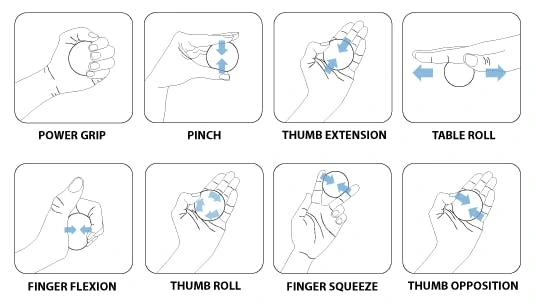
- Squeeze a soft rubber ball or stress ball in your hand, holding the squeeze for 5-10 seconds before releasing it.
- Repeat for 2-3 sets of 10-15 repetitions.
Pronation/supination:
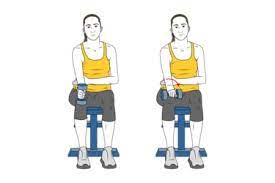
- Hold a light dumbbell or weight plate in your hand with your elbow bent and forearm resting on a table or bench.
- Slowly rotate your forearm to turn your palm up (supination), then rotate back to palm down (pronation).
- Repeat for 2-3 sets of 10-15 repetitions.
Wrist extension/flexion stretch:
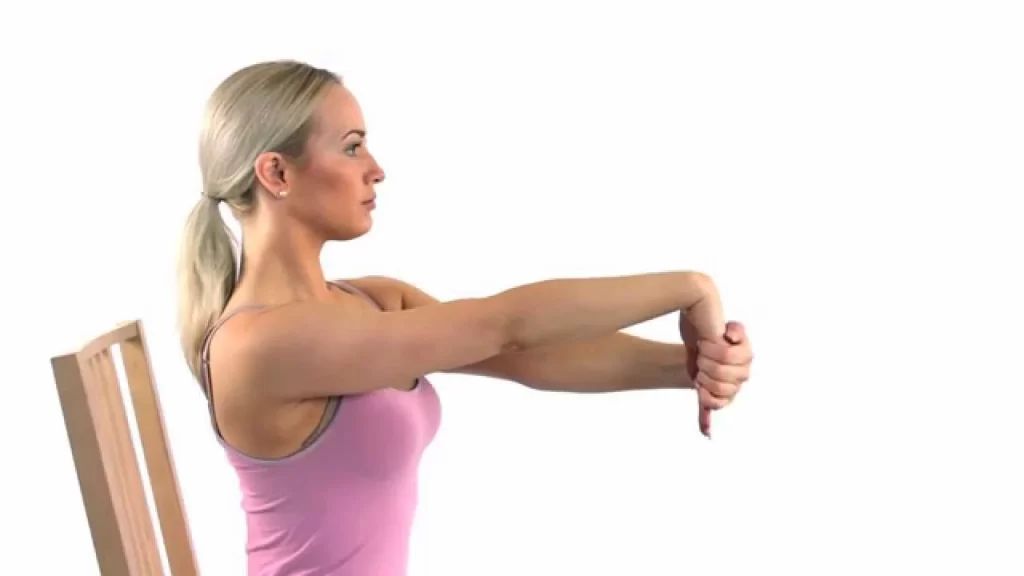
- Hold your arm out in front of you with your palm facing down.
- Use your other hand to gently pull your fingers back toward your wrist, feeling a stretch in your forearm.
- Hold for 20-30 seconds, then release.
- Repeat on the other arm.
It’s important to start with light weights or resistance and gradually increase as your strength and endurance improve. Always consult with a Doctor or Physiotherapist before starting any exercise program.
The palmaris longus muscle is relatively small in the forearm, and strengthening it directly may not be necessary or practical. However, some exercises can help to strengthen the muscles of the forearm and hand, which can indirectly improve the function of the palmaris longus muscle. Here are some exercises that can help strengthen the forearm:
Forearm curls:
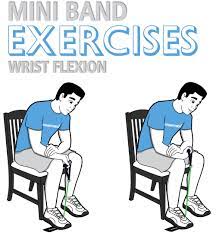
- Hold a dumbbell or weight plate with your palm facing up.
- Rest your forearm on a table or bench with your wrist hanging over the edge.
- Slowly curl the weight upward, then lower it back down. Repeat for 2-3 sets of 10-15 repetitions.
Reverse forearm curls:
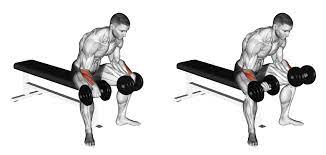
- Hold a dumbbell or weight plate with your palm facing down.
- Rest your forearm on a table or bench with your wrist hanging over the edge.
- Slowly curl the weight upward, then lower it back down.
- Repeat for 2-3 sets of 10-15 repetitions.
Wrist extension:
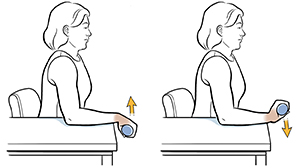
- Hold a lightweight in your hand with your palm facing down.
- Rest your forearm on a table or bench with your wrist hanging over the edge.
- Slowly raise the weight by bending your wrist upward, then lower it back down.
- Repeat for 2-3 sets of 10-15 repetitions.
Wrist flexion:

- Hold a lightweight in your hand with your palm facing up.
- Rest your forearm on a table or bench with your wrist hanging over the edge.
- Slowly raise the weight by bending your wrist downward, then lower it back down.
- Repeat for 2-3 sets of 10-15 repetitions.
It’s important to start with light weights and gradually increase as your strength and endurance improve. As with any exercise program, it’s best to consult with a healthcare professional before starting.
FAQ
The generality of the palmaris longus (PL) muscle differs more than any other muscle in the entire body. Its absence across the
world ranges in the middle of 1.5% and 63.9%.
The palmaris longus muscle is a distinctive and not that usual muscle because it is absent in ten to fifteen percent of
the population.
The presence of the tendon of this muscle in the wrist identifies the localization of the median nerve in surgical procedures. The
absence of the PL muscle is strongly a hereditary characteristic.

